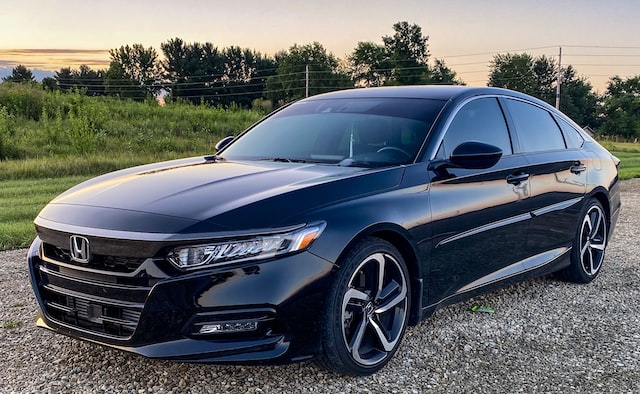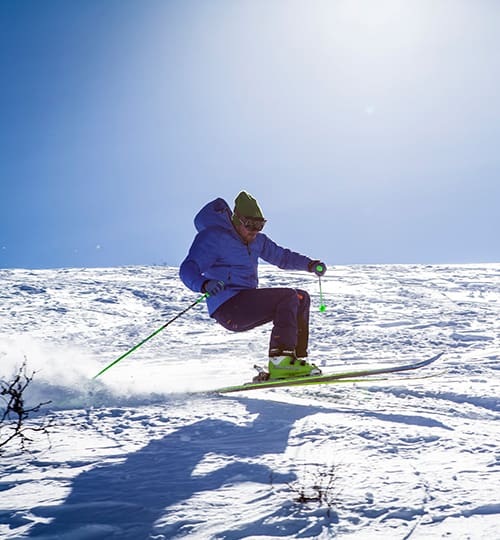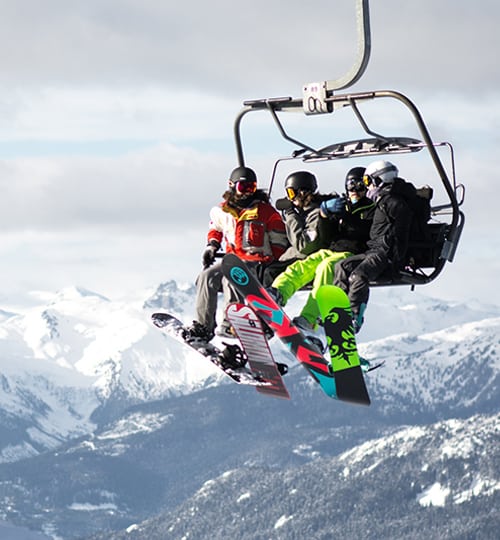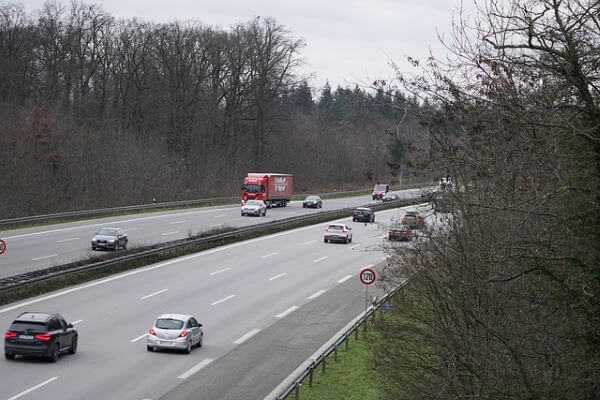
France
Here we concentrate on all things French. As France is the most visited European country of all it has its own dedicated section. For all other European Countries see our Europe section.

Introduction to Driving in France
Driving in France can be a captivating experience, offering travelers a chance to discover the rich cultural heritage and scenic beauty of this remarkable country. With its well-maintained road network spanning over 1 million kilometers, France ensures smooth navigation for drivers from all around the world. From picturesque countryside roads to bustling city streets, there is something unique for every driver to explore.
My top tip, if you are looking for information on Driving through any European country make sure to have a look at this Driving in France Checklist page.
While driving in France, it is important to adhere to the traffic rules and regulations that are strictly enforced. Speed limits vary depending on the type of road, with the maximum speed limit being 130 km/h on highways and 50 km/h in urban areas. It is also compulsory for drivers and passengers in both the front and back seats to wear seat belts at all times.
One peculiar detail about driving in France is the priority given to vehicles approaching from the right. This means that when entering an intersection, drivers must yield to vehicles coming from their right side. Additionally, it is worth noting that certain areas in major cities have restricted zones known as “Zones à Circulation Restreinte” (ZCR), where only authorized vehicles are allowed entry.
I vividly remember my first encounter with French driving culture during a trip to Paris. The bustling streets seemed chaotic at first glance, but I soon discovered that there was an unspoken order amidst the apparent chaos. The confident merging of lanes and swift navigation through roundabouts by local drivers left me in awe. It was an exhilarating yet nerve-wracking experience that added a touch of adventure to my journey through France.
Driving in France: where following the rules is as rare as finding a Frenchman who doesn’t like baguettes.
Rules and Regulations for Driving in France
Driving in France can be an exciting and fulfilling experience, but it is important to adhere to the rules and regulations set forth by the country. These regulations ensure safety and order on the roads, allowing for a smooth and enjoyable journey.
- Speed Limits: In France, speed limits are strictly enforced. On highways, the maximum speed limit is 130 km/h (about 80 mph), while on rural roads it is 80 km/h (around 50 mph). In urban areas, the limit is reduced to 50 km/h (approximately 30 mph).
- Drinking and Driving: It is illegal to drive with a blood alcohol concentration of more than 0.5 g/l. The penalties for drink driving in France are severe, including fines, license suspension, or even imprisonment.
- Seat Belts: Seat belts must be worn by all passengers in the vehicle. This includes both front and rear seats.
- Parking: When parking in France, it is important to pay attention to the parking signs and markings. In some cities, such as Paris, parking spaces may be limited and strict regulations may apply.
It is worth noting that certain unique details exist regarding driving in France. For example, drivers must carry a breathalyzer kit in their vehicles at all times. While this rule has not been actively enforced since November 2020, it is still recommended to have one available as a precautionary measure.
Pro Tip: Before embarking on your journey, familiarize yourself with the specific rules and regulations of the region you will be driving through for a hassle-free experience.
Trying to decipher French road signs is like playing a never-ending game of ‘Where’s Waldo’ – blink and you’ll miss your turn!
Road Signs and Navigation in France
Road signs and navigation in France can be a complex yet fascinating experience. To help you navigate the roads smoothly, here is an overview of the road signs commonly found in France:
| Sign | Meaning |
|---|---|
| Stop | Complete halt required |
| Yield | Give way to oncoming traffic |
| Speed Limit | Maximum allowable speed |
| No Entry | Entry not allowed |
| Roundabout | Circle intersection ahead |
| Pedestrian Crosswalk | Yield to pedestrians |
Apart from these common road signs, it’s important to note that many signs in France use symbols instead of text. Therefore, familiarizing yourself with these symbols is crucial before hitting the French roads.
Additionally, it’s worth mentioning that French road signs are known for their clear typography and vivid colors, making them easily identifiable even from a distance.
Now, let me share a memorable story related to road signs and navigation in France. During my last visit to Paris, I rented a car to explore the beautiful countryside. However, as I ventured further away from the city, I encountered numerous roundabouts with multiple exits.
Initially perplexed by this unfamiliar sight, I relied heavily on the well-placed road signs that guided me through each roundabout effortlessly. Despite my initial anxiety, navigating the French roads turned out to be an exciting adventure filled with discoveries off the beaten path.
Buckle up and prepare for a wild ride as we navigate the enchanting roads of France, where roundabouts are more abundant than croissants and honking is the national sport.
Tips for Safe and Enjoyable Driving in France
Driving in France can be a safe and enjoyable experience if you follow a few simple tips.
- Always remember to drive on the right-hand side of the road, as this is the standard practice in France.
- Make sure to carry all necessary documents, such as your driver’s license, vehicle registration, and insurance papers, as you may be required to present them at checkpoints or if you are involved in an accident.
Lastly, it is important to familiarize yourself with the local traffic regulations and road signs, as they may differ from what you are accustomed to.
Another important tip for driving in France is to be aware of the speed limits. On highways, the maximum speed limit is usually 130 km/h (about 80 mph), but it can vary depending on weather conditions and other factors. In built-up areas, the speed limit is typically 50 km/h (about 30 mph), unless otherwise indicated by road signs. It is crucial to adhere to these speed limits for your safety and to avoid potential fines.
Additionally, when driving in France, it is recommended to use a GPS or map navigation system to assist with directions. This will help you navigate unfamiliar roads and avoid getting lost. It is also important to note that French drivers generally follow strict etiquette when it comes to using turn signals and overtaking slower vehicles. Be mindful of these practices to blend in smoothly with local traffic.
Fun Fact: Did you know that France has one of the largest motorway networks in Europe? With over 11,000 kilometers (6,800 miles) of toll roads spanning across its beautiful landscape, driving enthusiasts have plenty of opportunities to explore this diverse country safely.
(Source: The Telegraph)
Frequently Asked Questions
Q: Do I need an international driving permit to drive in France?
A: If you are a non-EU resident, you must carry an International Driving Permit in addition to your valid driver’s license from your home country.
Q: What are the speed limits in France?
A: The maximum speed limit on French highways is 130 km/h, while the limit on national roads is 80 km/h. In built-up areas, the speed limit is typically 50 km/h.
Q: Can I use my mobile phone while driving in France?
A: No, it is illegal to use your mobile phone while driving in France, even if you are using a hands-free device.
Q: What kind of insurance do I need when driving in France?
A: You should have a valid insurance policy that provides third-party liability coverage, as it is mandatory in France. You may choose to purchase additional coverage as well.
Q: Are there any toll roads in France?
A: Yes, there are toll roads in France, known as “autoroutes”. The toll fees vary depending on the distance and route.
Q: What should I do if I am involved in a car accident in France?
A: You should contact the emergency services immediately by dialing 112. It is also important to exchange information with the other driver(s) involved and file a police report if necessary.
Water Sports
WATERSPORT ACTIVITIES, WAKEBOARDING AND WATER SKIING, WAKESURFING AND WAKEBOARDING, KAYAKING, PRIVATE BOAT CHARTER,, PRIVATE BOAT CHARTER AND MUCH MORE!








Snow Adventure
Winter Sports
For all you snow junkies, we have you covered.








Forest Tours
Camping
Sleeping under the canvas or the stars. We have great articles, tips and information to help you.










